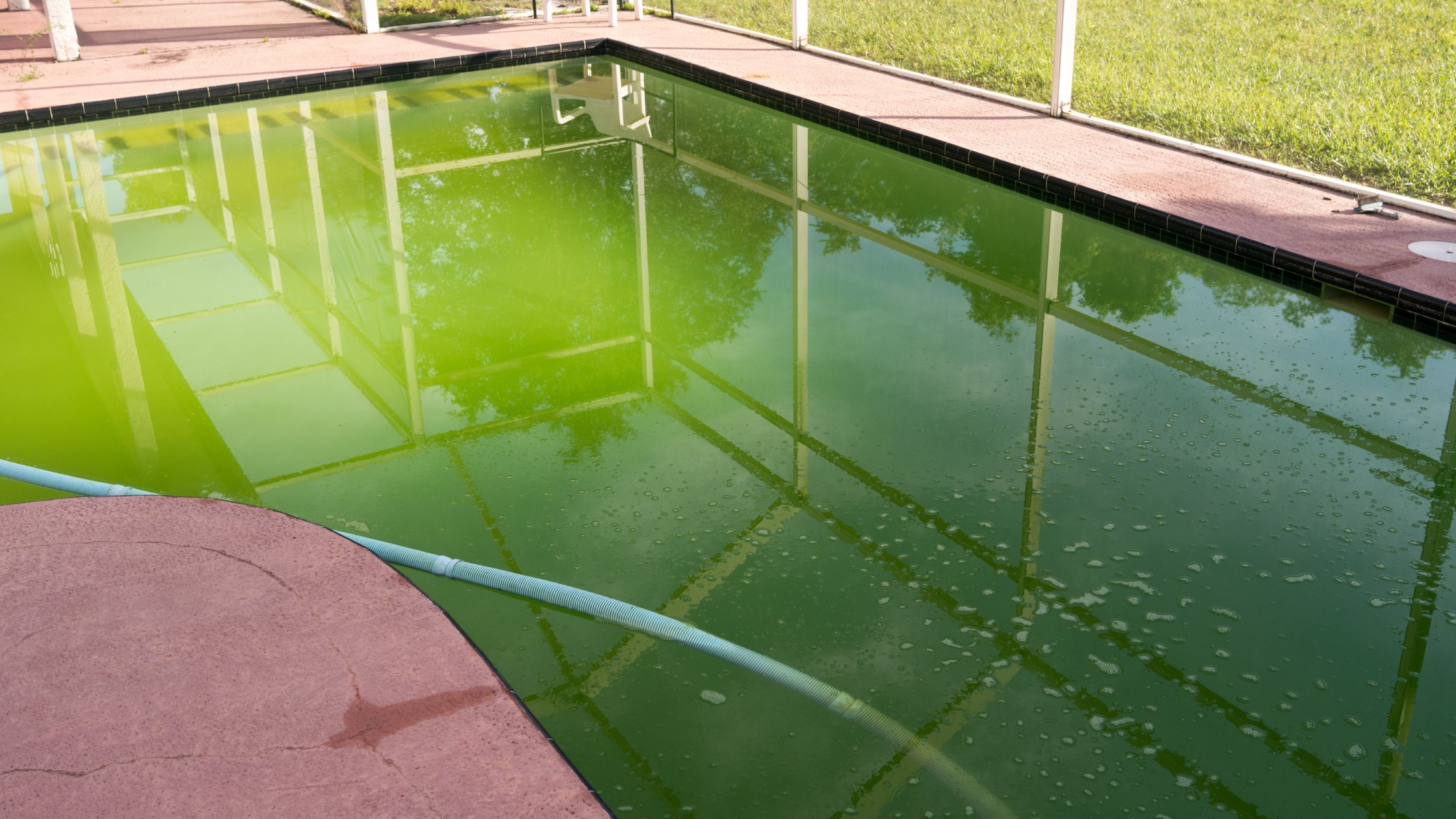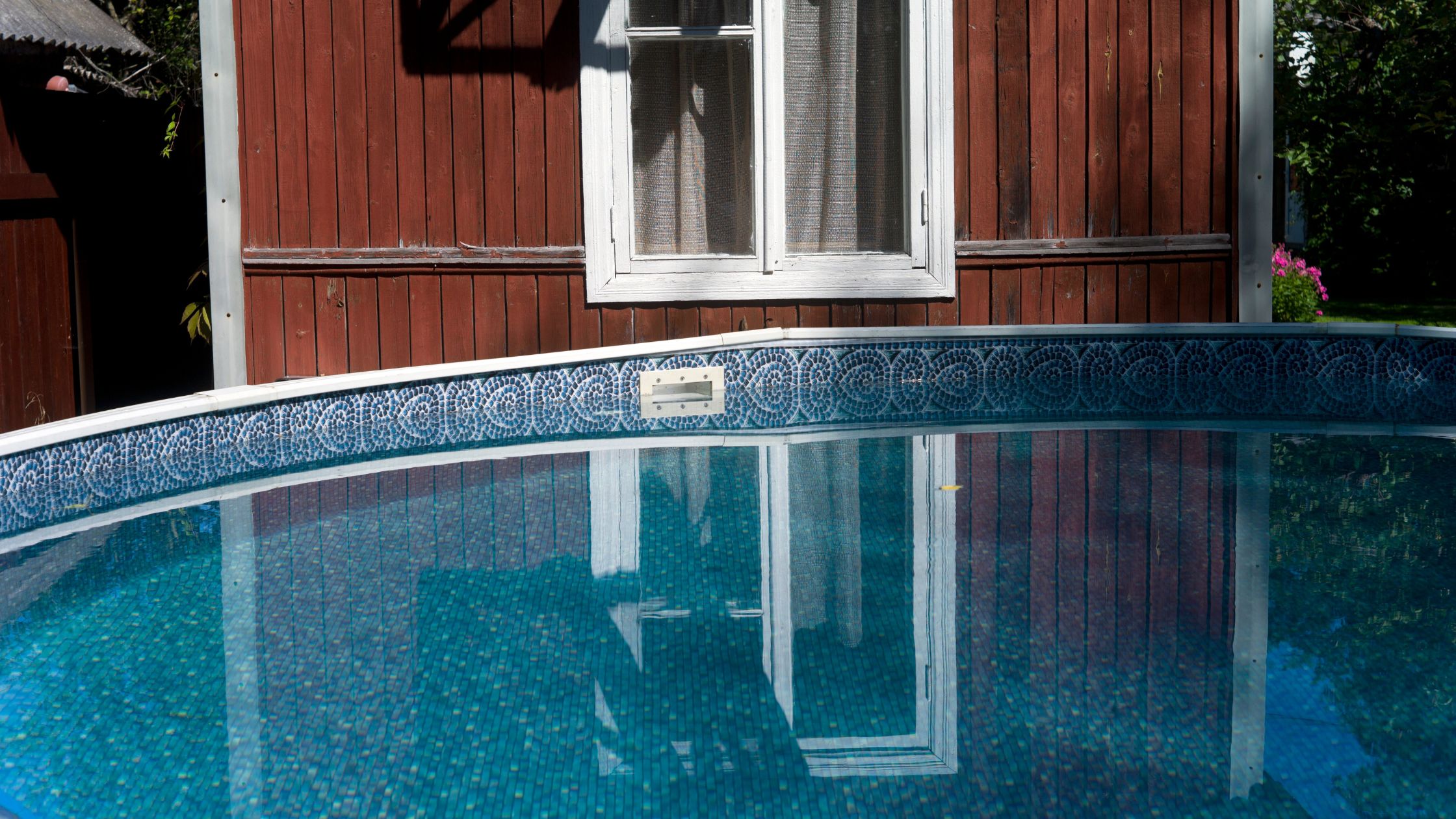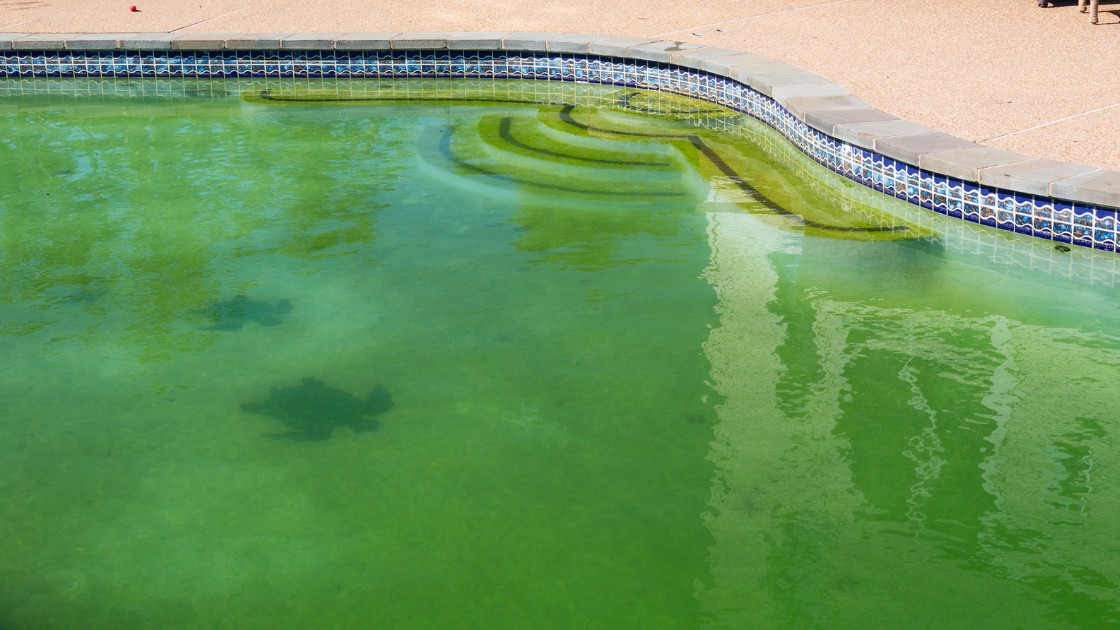Even if you’ve winterized your pool, doing a mid-winter check can make a huge difference in keeping it in top shape. Winter conditions, like wind, rain, and snow, can affect your pool cover, water levels, and equipment, sometimes leading to surprises in the spring if they go unchecked. With a few simple maintenance steps, you can prevent problems and make reopening your pool much easier. Here are some mid-winter tips that both inground and above ground pool owners should consider for a hassle-free spring opening.

1. Inspect and Adjust Water Levels
Why It’s Important:
Over the winter months, rain, snow, and evaporation can cause pool water levels to fluctuate. An overly high water level can cause strain on your pool walls and equipment if freezing occurs, while a low level can lead to a sagging cover that collects debris or even tears. Checking water levels in the middle of winter is a quick task that can save you from major headaches later.

What to Do:
For the best guidance, consult a local pool professional or the builder who installed your pool, as they can provide specific recommendations based on your pool’s design and your region’s winter conditions. However, here are some generally accepted guidelines to help you avoid common issues.
For an inground pool, the ideal winter water level is about 4–6 inches below the skimmer or tile line. This gives enough room for expansion if water freezes, protecting pool walls and reducing the risk of cover sagging. For above ground pools, make sure the water level stays just below the skimmer to maintain stability and avoid excessive pressure on the pool walls. Above ground pools rely on water to support the structure, so don’t lower it too far.
- Tip: If you notice a significant drop in the water level, it may indicate a leak. If this happens, consult a pool professional, as leaks can worsen over time, especially with fluctuating temperatures.
2. Check the Pool Cover for Damage and Debris
Why It’s Important:
Your pool cover is the first line of defense against debris, rain, and snow, but winter weather can weaken it over time. High winds may create small tears, or heavy snow may cause the cover to sag. A damaged cover can allow contaminants into the water, leading to algae growth or debris accumulation, which makes spring cleanup harder.
What to Do:
Start by doing a thorough inspection of your pool cover. Look for any tears, gaps, or worn areas along the seams and edges, where damage is most likely. If you see any weak spots, repair them with a pool cover patch kit, which is available for both mesh and solid covers.
Next, clear off any accumulated debris or standing water. If you’re using a solid cover, standing water can be removed with a cover pump, which will prevent sagging and strain on the cover material. For mesh covers, gently brush off leaves and twigs to reduce weight on the cover and avoid debris falling into the pool when the cover is removed.
- Tip: Make cover inspection a habit every few weeks, especially after heavy storms or snowfall. Regular maintenance will help your cover last longer and keep your pool water protected.
3. Clear Debris Around the Pool Area
Why It’s Important:
Debris around the pool area, like leaves, branches, and even trash, can easily blow onto your pool cover during high winds. This can lead to contamination, damage the cover, and increase the chances of algae growth, especially if it accumulates in one spot over time.

What to Do:
To minimize debris around your pool, make sure the surrounding area is clear. Trim any overhanging tree branches or bushes that could drop leaves or twigs onto the pool cover. Rake up any leaves or yard waste that has accumulated around the pool area, as well.
Additionally, consider using a windbreak or small fence around the pool area if it’s prone to high winds. Fencing or strategically placed vegetation can help reduce wind exposure, keeping debris from blowing onto the cover and ensuring it remains in good condition.
4. Maintain Clean Waterlines with ENZymePRO®
Why It’s Important:
Even though your pool is covered, organic contaminants like dust, oils, pollen, and airborne particles can still accumulate along the waterline, creating scum lines and discoloration. This buildup can lead to water cloudiness and stains that are tough to clean when you reopen. By treating your pool with ENZymePRO® mid-winter, you can break down these organic contaminants, keeping the waterline clean and making spring cleaning easier.What to Do:
Apply ENZymePRO® to your pool as part of your mid-winter maintenance routine. This enzyme-based product is designed to dissolve organic debris that can accumulate along the waterline. Pour a maintenance dose—1 quart per 25,000 gallons of water—directly into the pool through an opening in the cover. If your cover doesn’t have an access point, lift a small section to add the product.
This application will help prevent stains, scum lines, and algae buildup, so your pool water remains clean and clear. With ENZymePRO®, you’ll reduce the need for intense scrubbing or chemical adjustments when it’s time to open the pool.

- Tip: For pools in high-debris areas, consider using ENZymePRO® every 6–8 weeks during the winter to maintain water quality and keep the waterline clear.
5. Check and Adjust Pool Equipment in Enclosures
Why It’s Important:
Winter weather, especially fluctuating temperatures, can affect your pool’s equipment, even if it’s in an enclosed area. Freeze damage, moisture buildup, and condensation are common issues for equipment like pumps, filters, and salt cells. A quick check on your equipment mid-winter can help you catch potential problems early and extend the life of your pool’s components.
What to Do:
Start by inspecting your equipment enclosures to ensure they’re sealed and that no moisture has seeped in. Look for signs of condensation or small leaks around pipes and fittings, as these can lead to rust or freeze damage.
If you have a freeze protection system, verify that it’s on and functioning correctly. This system prevents water from freezing inside the pipes and equipment, minimizing the risk of cracks or other damage. For saltwater pools, it’s a good idea to check the salt cell for any buildup. If you notice scaling or deposits, consider cleaning it to prevent long-term damage.
6. Consider a Quick Pool Cover Cleaning
Why It’s Important:
Keeping the pool cover clean during winter prevents mold, mildew, and dirt buildup. A dirty cover can transfer debris and contaminants into the water when removed, leading to extra work when reopening. Regular cleaning keeps the cover in better condition, extending its lifespan and maintaining its effectiveness.

What to Do:
Choose a warm day to clean the cover so it’s more pliable and easier to handle. Use a soft brush and a mild, pool-safe cleaner to scrub away any visible dirt, mold, or mildew from the cover surface. Be sure to rinse thoroughly with water to prevent any cleaner residue from seeping into the pool.
Avoid using harsh chemicals, which can degrade the material and shorten the cover’s lifespan. A mild cleaner and gentle scrubbing are usually enough to remove dirt and buildup without damaging the cover.
- Tip: For added protection, consider using a cover conditioner designed to repel dirt and UV rays. This can help keep the cover in top shape for years to come.
- Note: Follow your cover manufacturer's recommendations for cleaning and do not clean or disturb covers during freezing conditions.
7. Check Pool Filter and Pump Connections for Leaks
Why It’s Important:
For those in areas where pools are not fully winterized, checking for leaks is important. Leaks around the pool filter, pump, or connections can be a warning sign of freeze damage or faulty equipment. Mid-winter is an excellent time to check for small leaks, which, if left unchecked, could worsen by spring and lead to costly repairs or replacements.
What to Do:
Inspect all seals, gaskets, and fittings for moisture or signs of leakage. Pay special attention to any connections around the filter and pump. Tighten loose fittings, replace worn gaskets, and address any minor leaks you find.
Testing the pressure relief valves is also important, as it ensures they’re working correctly to release excess pressure when needed. For above ground pools, inspect the hoses and connections as they may shift due to temperature changes.
- Tip: A small leak can quickly worsen, so it’s best to address any signs of moisture now to avoid larger repairs down the line.
Wrapping Up: Simple Mid-Winter Checks for a Hassle-Free Spring Opening
A little mid-winter attention can make a world of difference in keeping your pool in top condition, whether it’s an inground pool, above ground pool, or saltwater pool. By checking water levels, clearing debris, inspecting the cover, and using products like ENZymePRO® for waterline maintenance, you’ll be setting yourself up for a smooth, stress-free spring opening. Take these small steps now, and you’ll enjoy a clean, clear pool when warmer weather arrives.
